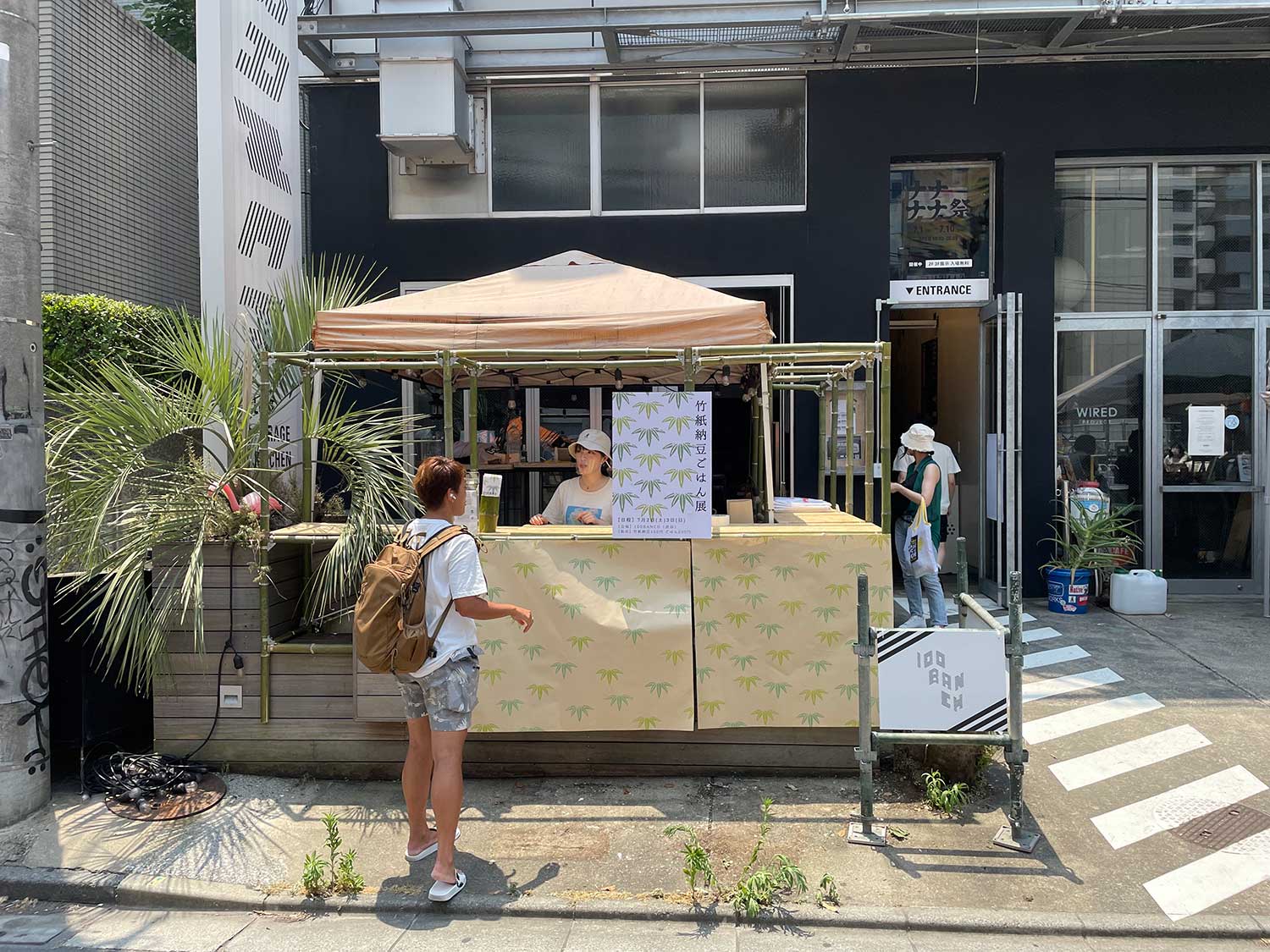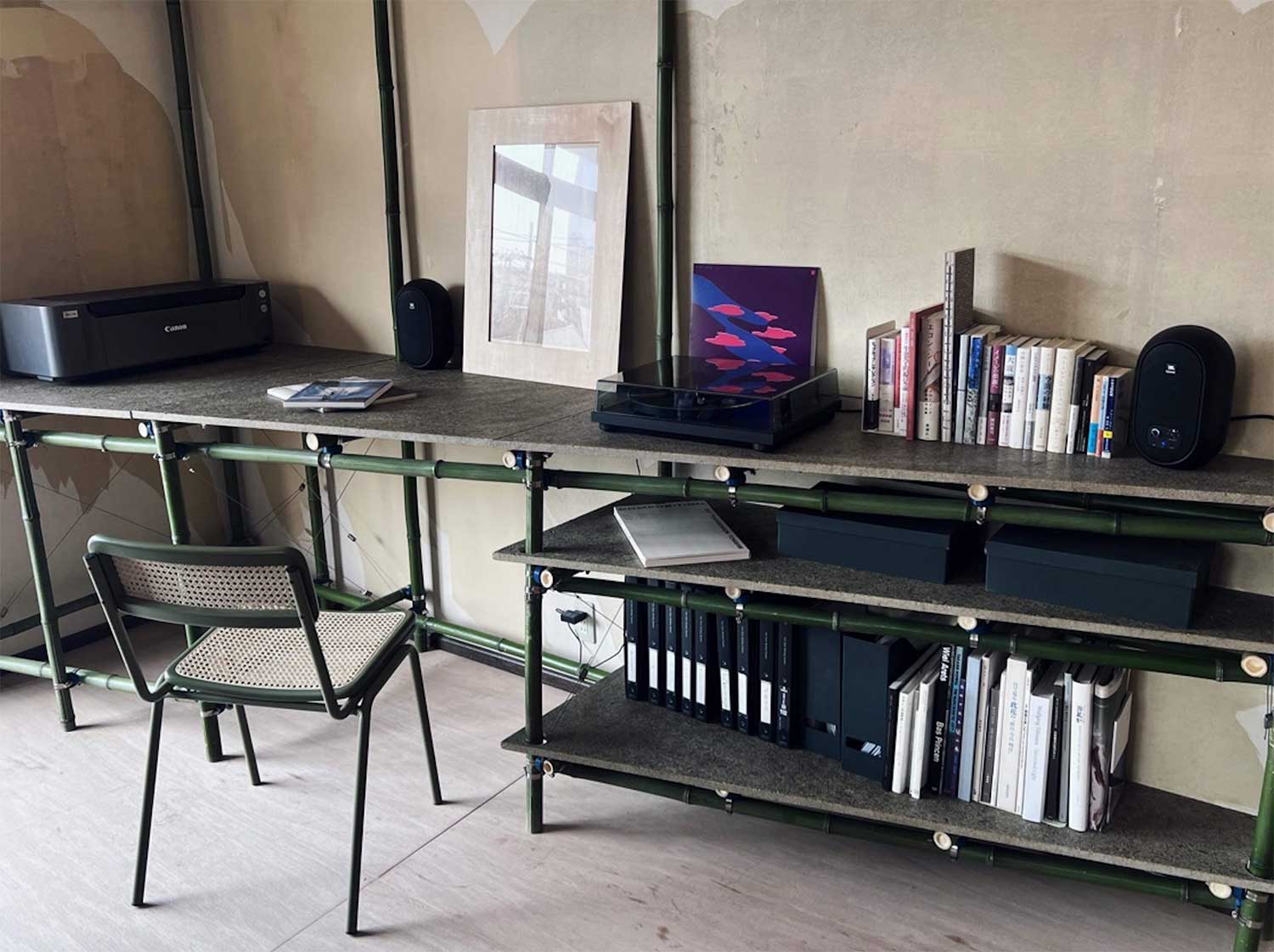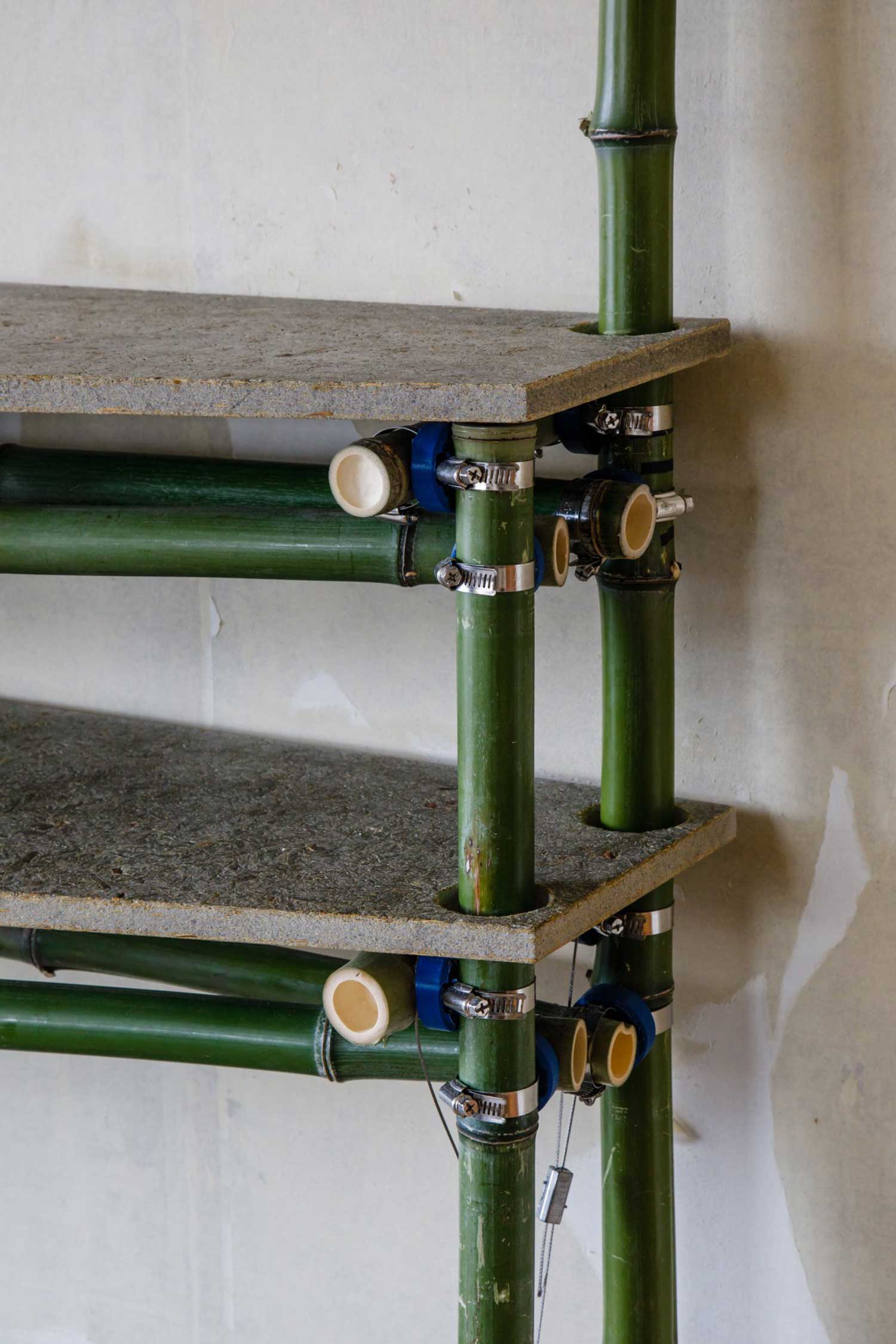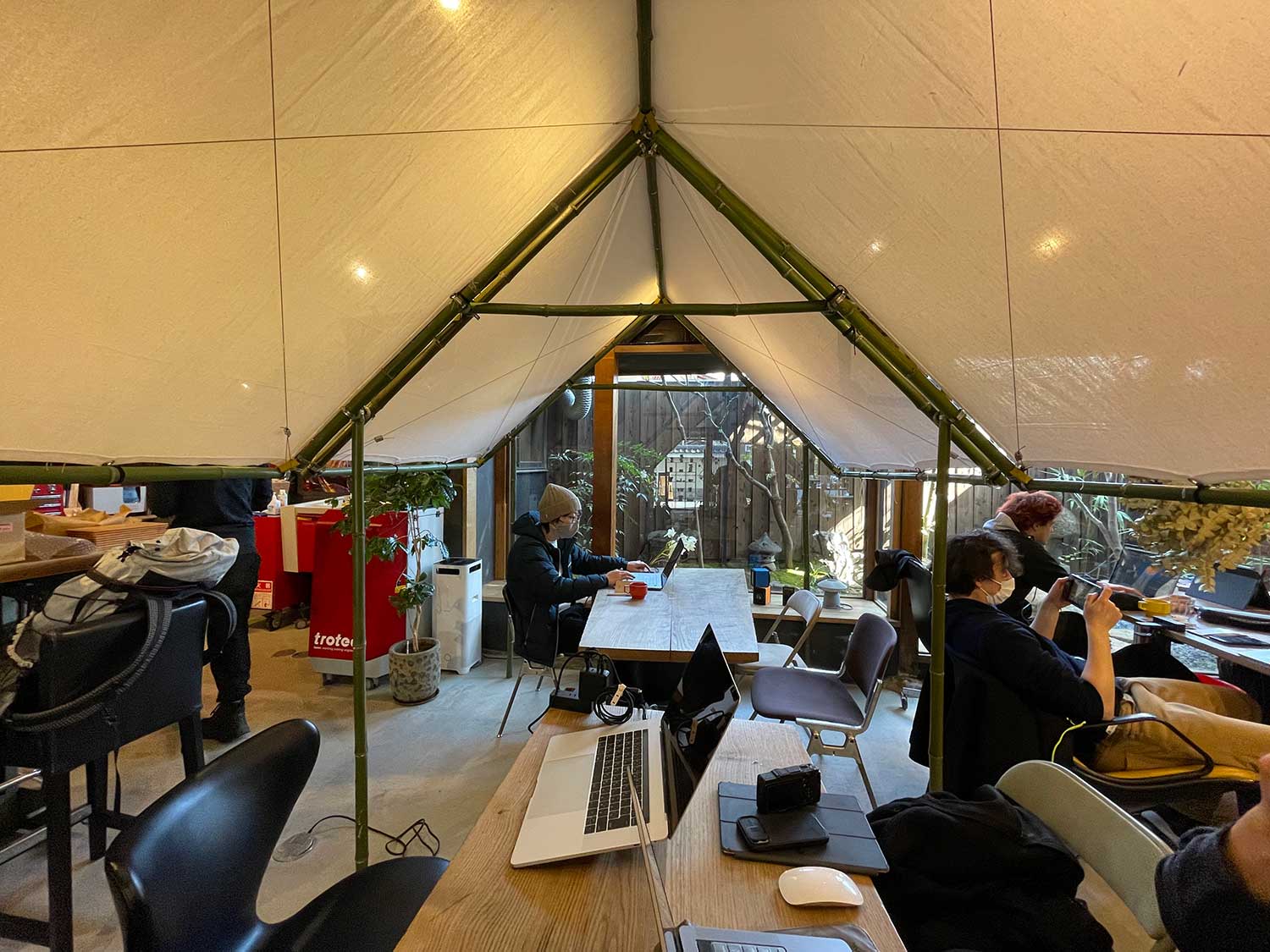
Forest

Tradition

Circulation
Developing Versatile Joints for the Easy Creation of Furniture and Buildings Using Bamboo
Utilization strategy for bamboo that also serves as disaster preparedness, created by an architect building with local natural materials
Hiroshi Ohno
(Shiga Prefecture)
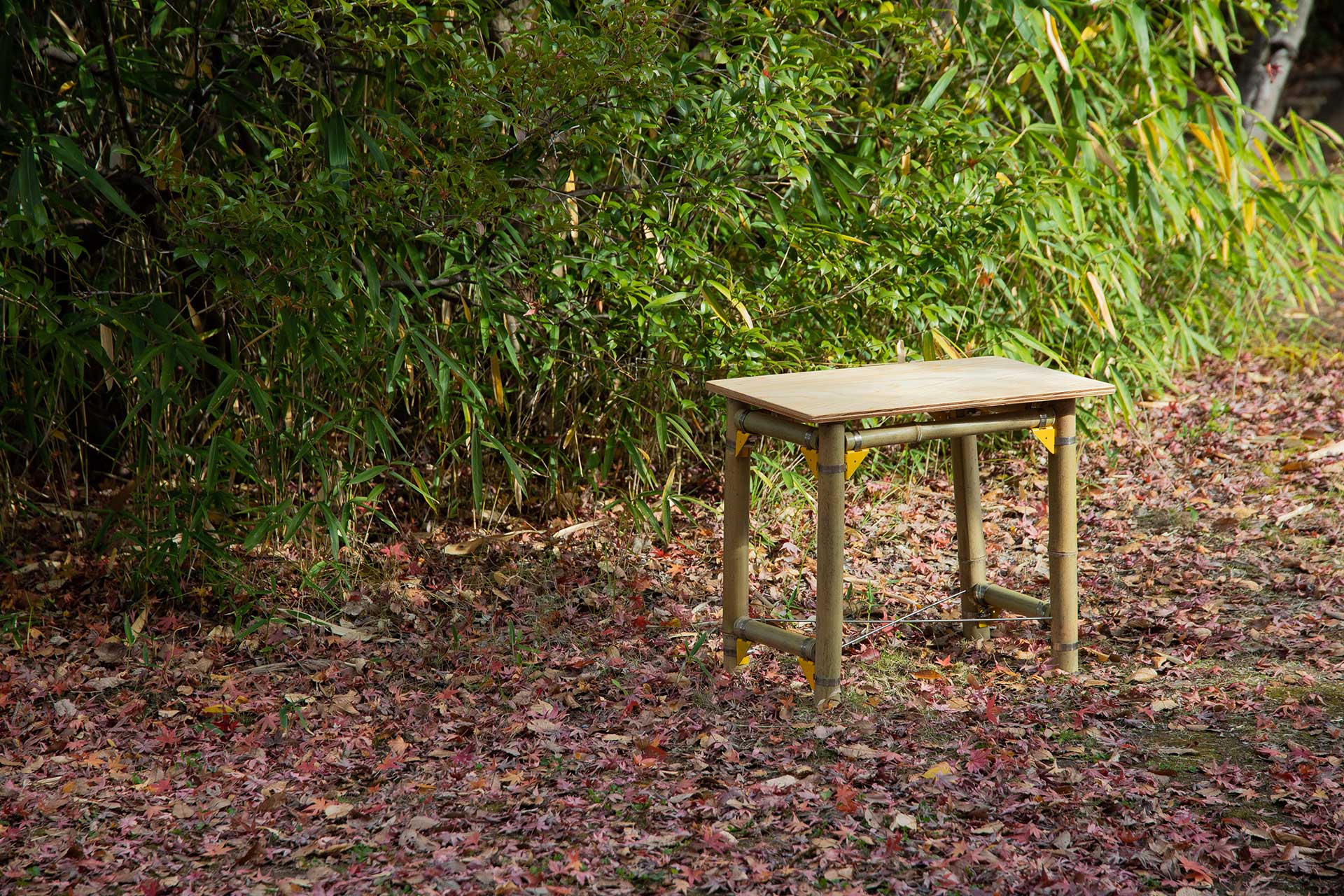
Overview
With “OKINA” joints, anyone can easily create furniture and structures (such as tents and pavilions) using bamboo. Developed by Japanese architect Mr. Hiroshi OHNO and his team, who specialize in building with local peoples using local materials and techniques, the joints come in two varieties, allowing people in various regions to freely create what they desire using local bamboo. Additionally, assembly instructions for creating furniture and structures are provided free of charge.
Actively utilizing bamboo is crucial for conserving Japan’s forests. Across Japan, bamboo groves planted for bamboo shoot cultivation or bamboo product manufacturing often remain underutilized for extended periods, leading to bamboo encroachment on surrounding forests, decreasing biodiversity, and increasing the risk of landslides. OKINA joints aim to transform these bamboo groves into “treasure troves” that enrich daily life and serve as gathering places, thereby creating new value.
Successful outcomes
- Organizing events and workshops across various locations using OKINA joints for crafting
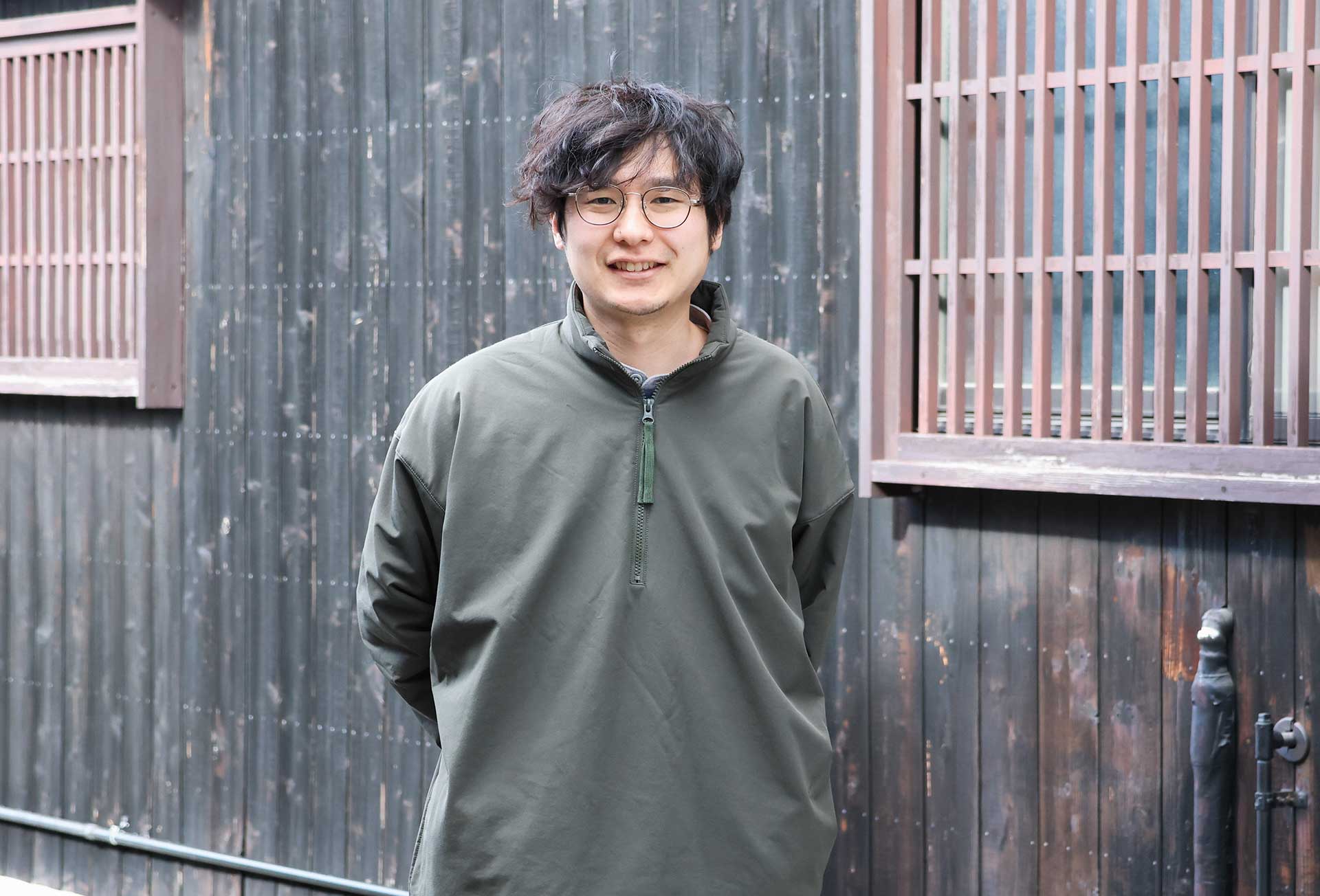
Building architecture that incorporates local people, materials, and techniques
The name “OKINA” was inspired by a character from Japan’s oldest story, The Tale of the Bamboo Cutter. Also, as another piece of background info, Mr. OHNO was commissioned in 2021 to create a bamboo monument for the main gate of the JAPAN CRAFT EXPO. The OKINA prototype was created during a limited construction period to connect the bamboo and create the monument. For this, Mr. OHNO collaborated with digital designer Mr. Hiroshi MITACHI (from Shinkogeisha LLC) to design the joints and completed the first product using a 3D printer.
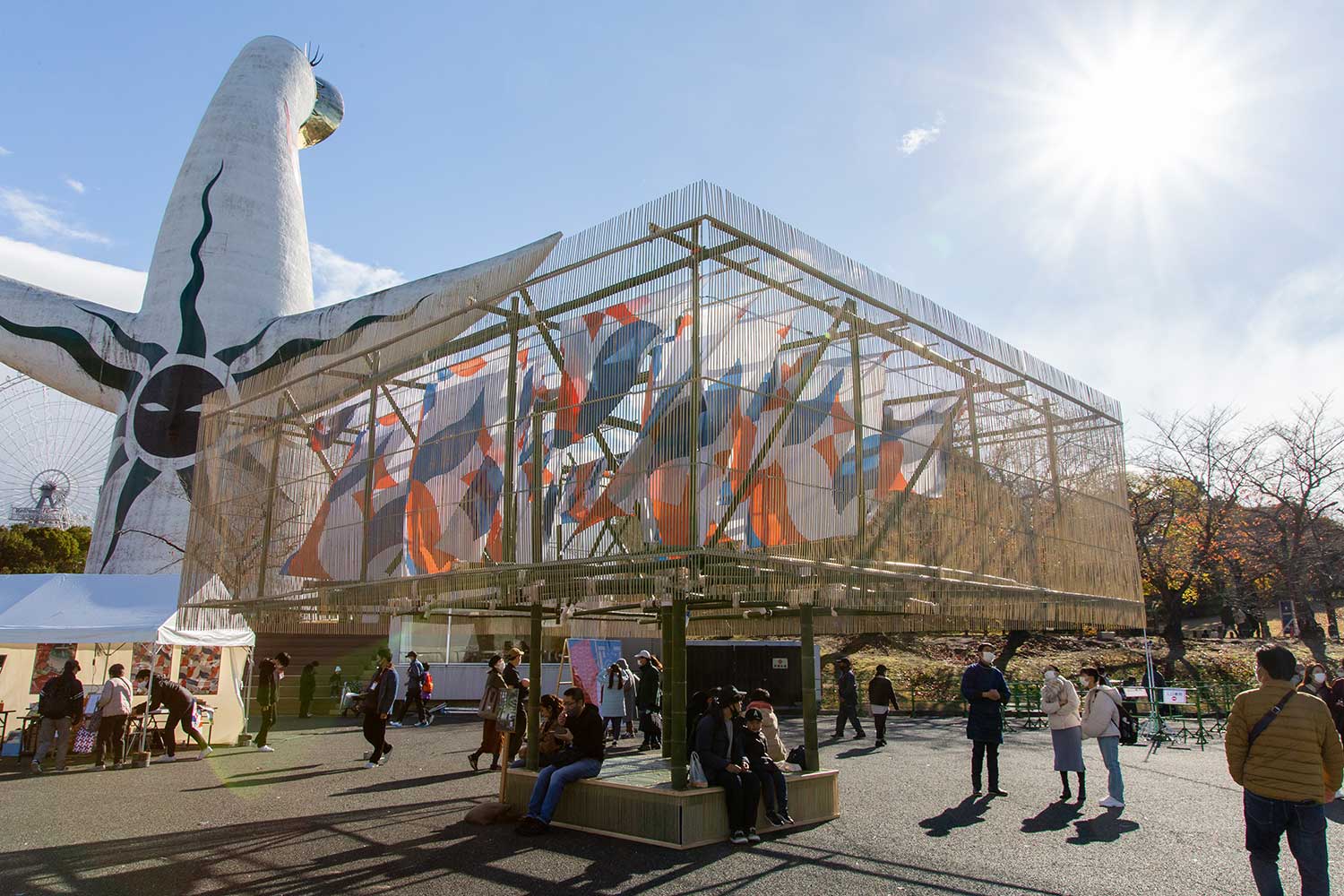

Mr. OHNO enrolled in the Environmental Architecture and Design Department of the University of Shiga Prefecture in 2011, immediately following the Great East Japan Earthquake. As part of a university project, he headed to the disaster-stricken area and created a meeting place using only locally available materials—bamboo. The “Bamboo Meeting House,” meticulously assembled with bamboo and adorned with a pure white textile, was not only functional but also visually stunning. The experience of creating a space using only what was available in the area and touching people’s hearts had a profound impact on Mr. OHNO’s subsequent architectural endeavors.
Meanwhile, in 2013, a devastating storm surge caused numerous casualties in the Philippines due to Super Typhoon Haiyan. As a fourth-year university student, Mr. OHNO, leveraging his past experience, embarked alone to the hardest-hit area, Tacloban in Leyte Island, bringing saws and hammers, aiming to provide support through architecture. Since then, he has been shuttling between the Philippines and Japan, constructing shelters and churches using bamboo. Additionally, he interned at architectural firms in India, such as Studio Mumbai, and Uganda, gaining experience in building with local materials alongside local people. In 2019, along with colleagues involved in international cooperation, he established the non-profit organization, “Studio on_site.” Until the onset of the COVID-19 pandemic in early 2020, Mr. OHNO had been based in impoverished areas of developing countries, engaging in architectural activities.
Mr. OHNO formalized the production of OKINA joints with the intention of enabling people in various regions to use local bamboo to create necessary items, prompted by inquiries from people in various regions about whether anything could be done with abandoned bamboo forests. Mr. OHNO and his team began selling metal-based OKINA joints and established a mechanism to promote bamboo utilization by publishing manuals for its use on their website. Mr. OHNO himself sometimes cuts bamboo in bamboo forests and designs and produces fixtures, monuments, and other items using OKINA joints for customers.
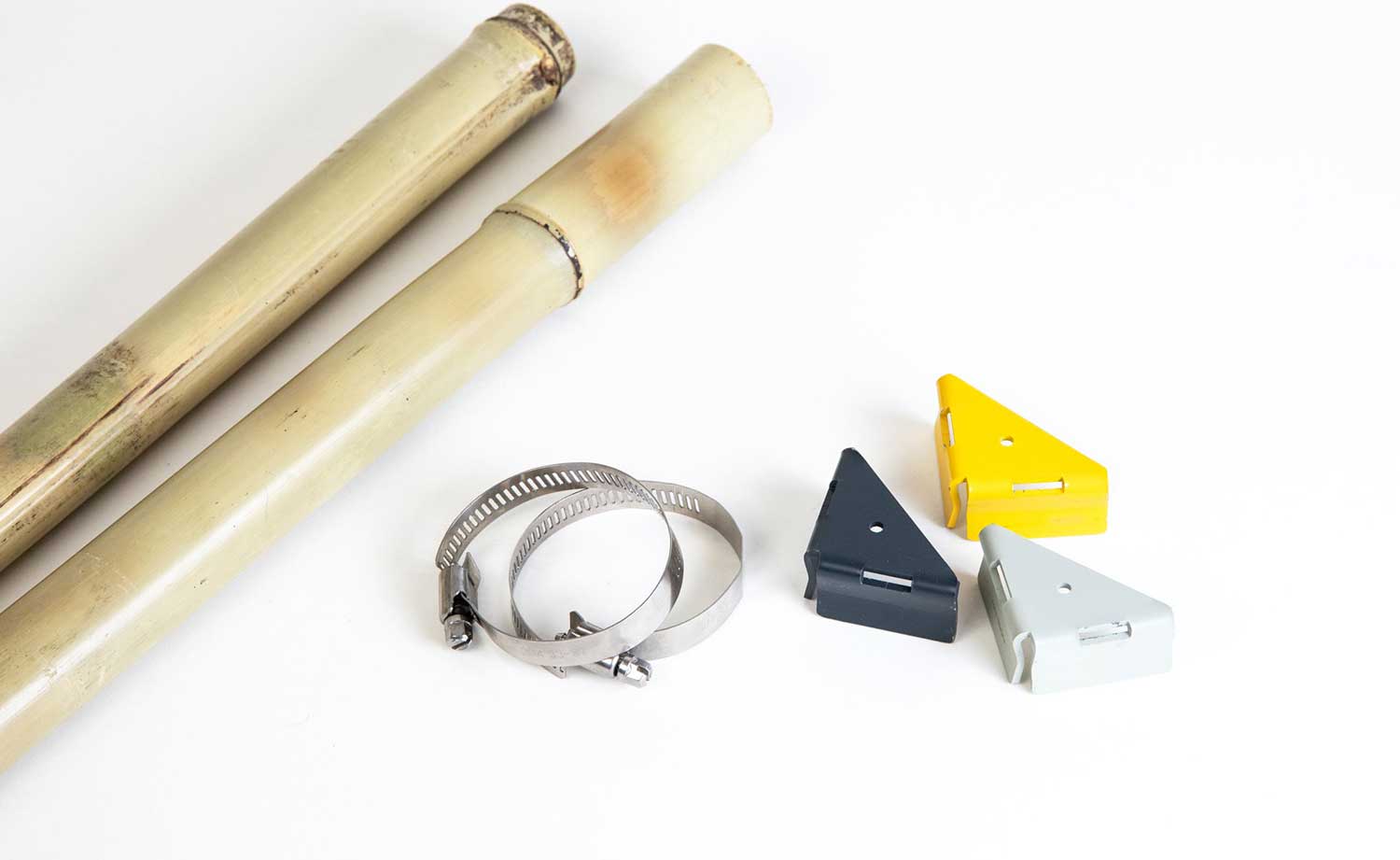
The manufacturing cost of the joints and the production cost of the manuals were covered by the approximately 1 million yen raised through crowdfunding. Additionally, Mr. OHNO launched a team called “Bamboo Harvesters of OKINA” (a pun on the folklore of “The Tale of the Bamboo Cutter”) to produce and sell furniture using OKINA joints nationwide in Japan, and, as of February 2024, 10 organizations related to bamboo have joined as branches.
Mr. OHNO says: “Another theme of OKINA joints is disaster relief. Because bamboo is available nationwide in Japan, with local bamboo and OKINA joints, anything can be assembled even if a disaster occurs. We are expanding branches nationwide to be able to respond immediately in case of any emergency.”
The natural materials that Mr. OHNO uses include stone, soil, wood, reeds, straw, and more. The design naturally evolves based on the conditions of the location, using materials in accordance with the laws of nature and employing the skills of local people.
Mr. OHNO continues: “Natural materials are often associated with materials used by the poor in developing countries. Therefore, we have been creating items that appeal to local people. By updating traditional materials and techniques with modern design, I believe we can create something that is also acceptable to people of our time and urban dwellers.”
OKINA
Hiroshi Ohno
https://www.okina.website/
https://www.studioon.site

